This lively introductory text exposes the student to the rewards of a rigorous study of functions of a real variable. In each chapter, informal discussions of questions that give analysis its inherent fascination are followed by precise, but not overly formal, developments of the techniques needed to make sense of them. By focusing on the unifying themes of approximation and the resolution of paradoxes that arise in the transition from the finite to the infinite, the text turns what could be a daunting cascade of definitions and theorems into a coherent and engaging progression of ideas. Acutely aware of the need for rigor, the student is much better prepared to understand what constitutes a proper mathematical proof and how to write one.
Fifteen years of classroom experience with the first edition of Understanding Analysis have solidified and refined the central narrative of the second edition. Roughly 150 new exercises join a selection of the best exercises from the first edition, and three more project-style sections have been added. Investigations of Euler’s computation of ζ(2), the Weierstrass Approximation Theorem, and the gamma function are now among the book’s cohort of seminal results serving as motivation and payoff for the beginning student to master the methods of analysis.

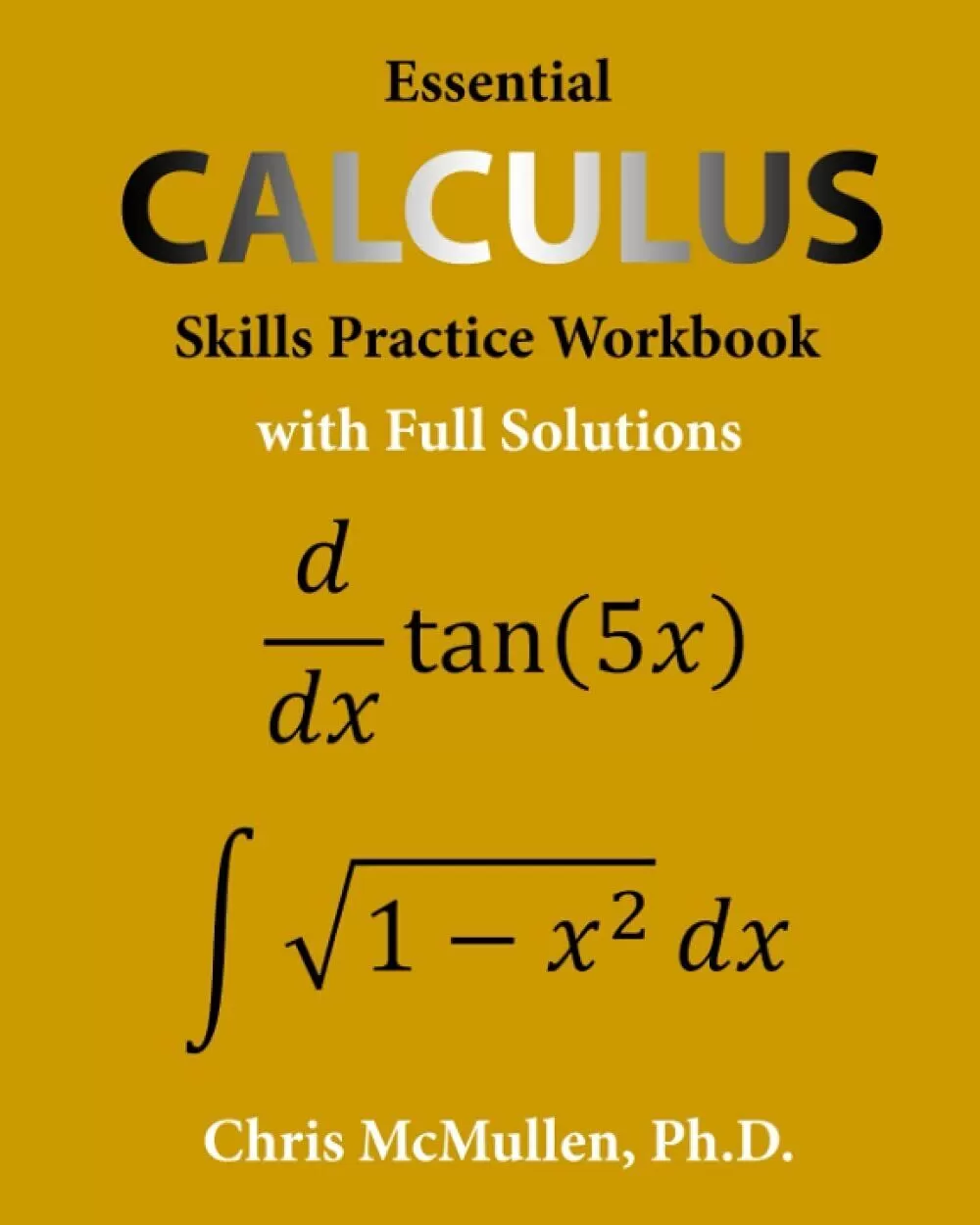

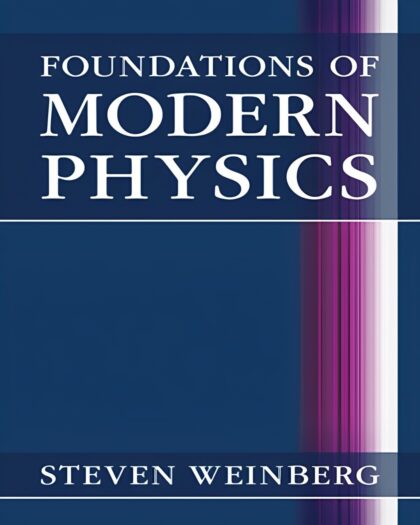
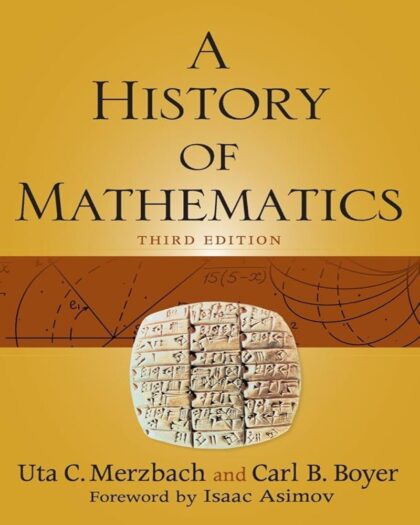
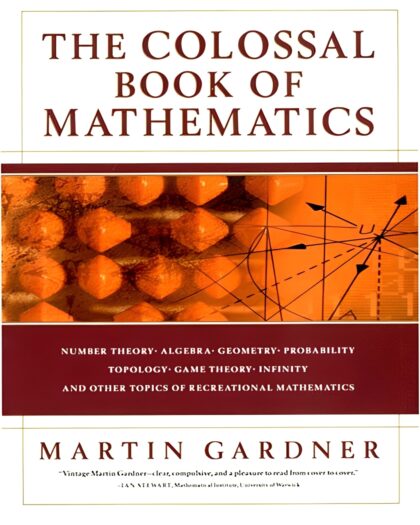
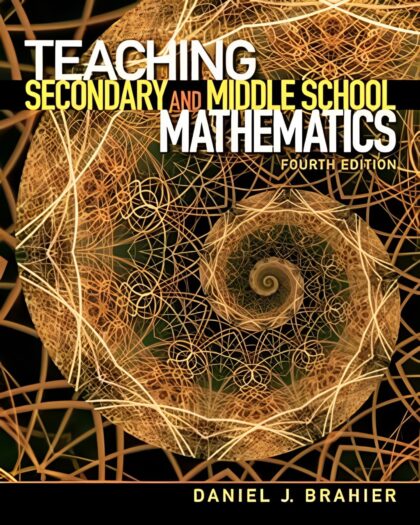
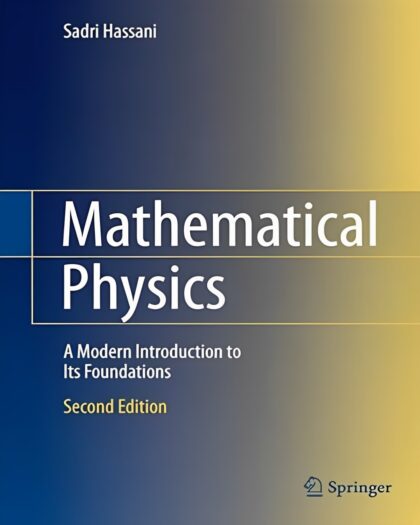

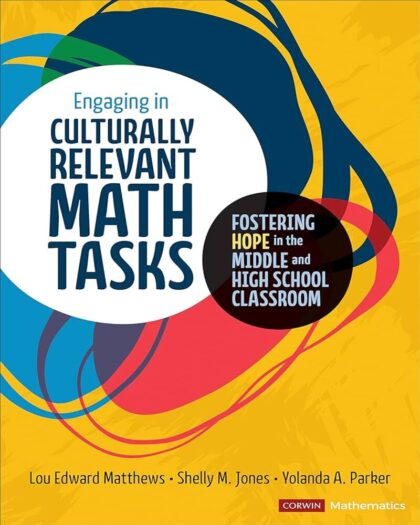

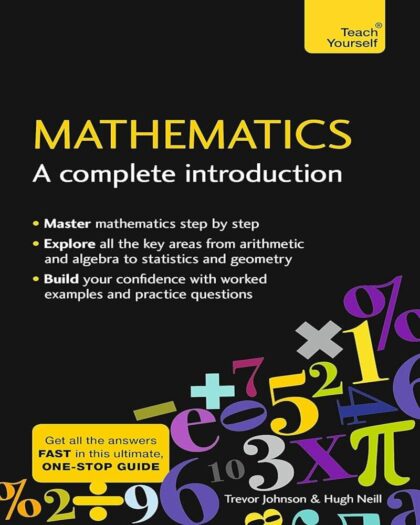

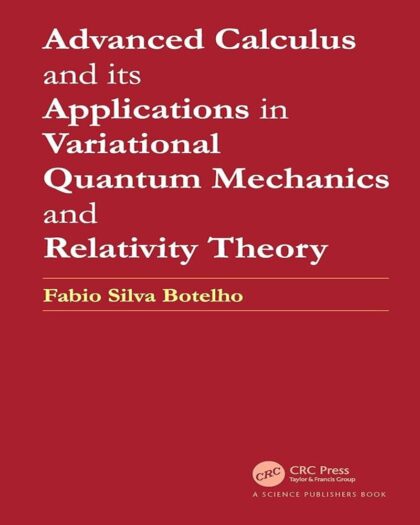


If u r a beginner, go through the formulas, worked out examples and then try to do exercises without out seeing the solutions. Even if u see the solution, don’t see the whole solution, instead see it only line by line working out on ur own as much as possible.
If u know the basics, try doing the exercises straight away and enjoy
If u r a professional, this book is not for u
Thanks Chris
John
Pero se dañó un poco en el transporte.
Like other reviews mention, this book has instructions, practice problems, and step by step solutions. It does not include theory or anything conceptual, for example you'll learn how to find the definite integral of a function but you won't get an explanation of what a definite integral is.
This may sound as though you need background in calculus before attempting this book, however that is not the case! I went in with zero background, started working through the book following instructions, and learned how to solve all the problems all while knowing nothing about the significance of each correct answer.
It may be counterintuitive, but learning how to solve calculus problems before learning calculus itself actually made it so much easier for me to grasp both components. I recommend considering this backwards method if you're like i was with no background, finding the solutions to these problems involves memorizing several rules and being proficient in algebra & trig, that's it.
Some of the theories and concepts in calculus can be difficult to wrap your head around on a fundamental level, but it's easier when you're not simultaneously trying to understand abstract concepts while also learning how to solve practice problems involving them.
Zusammenfassung: Gut geeignet für Leute, die Übungsaufgaben rechnen wollen und ggf. Musterlösungen benötigen.